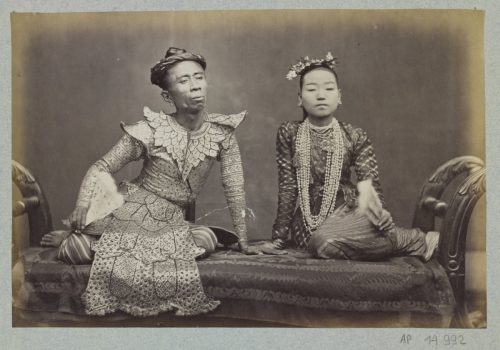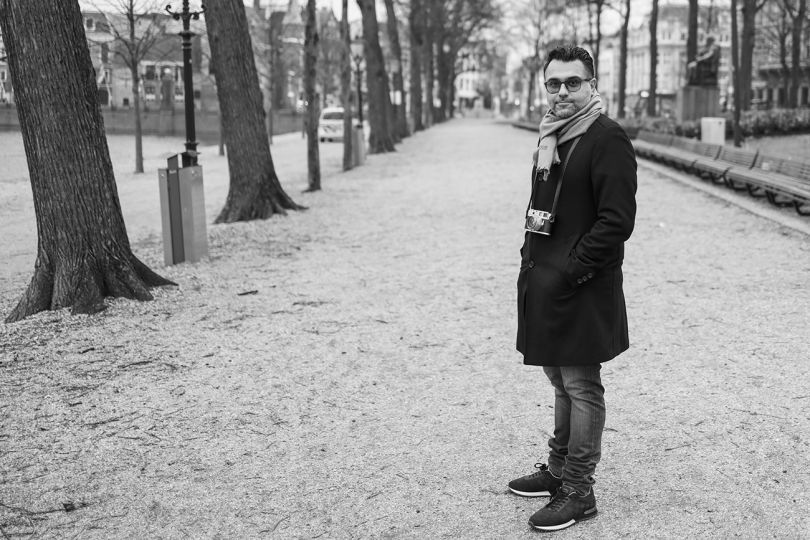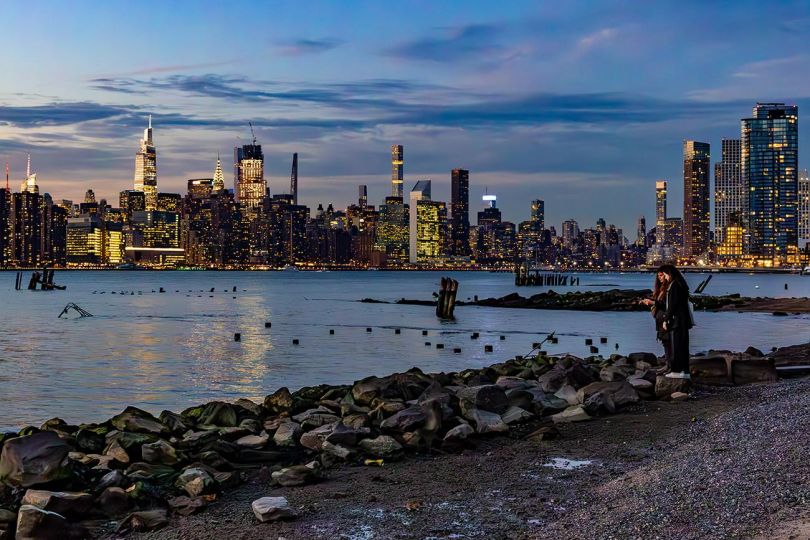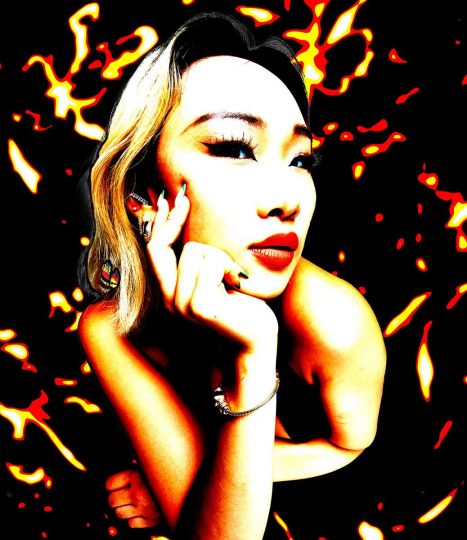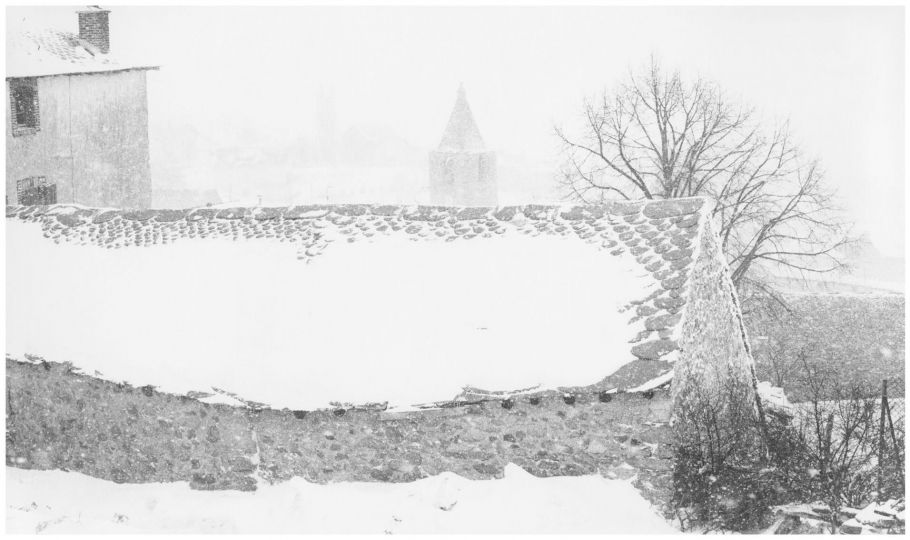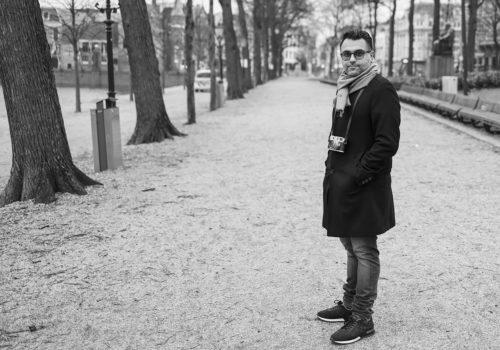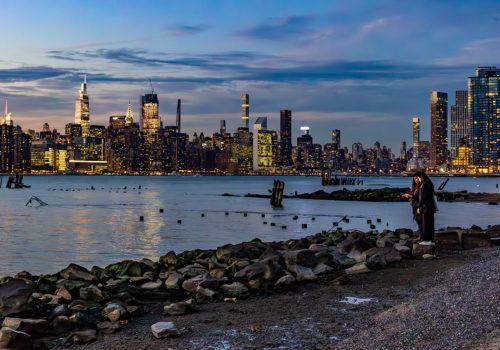The institution has pulled from its collections a hundred photographs of Burma from the second half of the nineteenth century. This is a charming journey to a world dotted with Buddhist temples and soothing landscapes.
Shaped as pyramids with undulating outlines and conical domes decorated with a multitude of sculpted motifs, Burmese pagodas emerged as the religious structures in this Southeast Asian Buddhist kingdom. Beginning in mid-nineteenth century, they became an object of interest for European photographers who, for various reasons, traveled to this country and encountered this deeply moving remnant of an unknown people.
“There are four principal photographers,” explains Jérôme Ghesquière, the curator of the exhibition, “two former British soldiers, J. Jackson and Bentley, who opened a studio in Rangoon in 1865; then a German photographer, Philip Adolph Klier, who settled in Moulmein—the first British capital of Burma—in 1871, before also moving to Rangoon; and, lastly, Felice Beato, a British citizen born in Corfu whose Asian wanderings led him to Burma in 1886.”
Theater
These European photographers reveal a highly civilized and economically prosperous country (minerals, rice, opium…). Buddhist temples and ascetic monks are counterbalanced by a society with a penchant for performing arts. The European visitors photographed dancers, actors, singers, a whole panoply of characters with a taste for festivals and theater. Framed together, as a group, they give a sense of the performances of the day where masks and makeup played an important role. Occasionally, the photographers immortalized representatives of various ethnic groups in Burma, creating an overview of old traditions: costumes, different looks, postures… The images are a true gold-mine for ethnologists and historians.
A Frenchman in Burma
“By discovering the country, these photographers expanded the scope of their attention. We thus have a panorama of old Burma, with its people, its architecture, its landscapes,” enthusiastically explains Jérôme Ghesquière. It should be mentioned that this photography collection has been enriched by the Musée National des Arts Asiatiques Guimet since 2011, and has benefited from research conducted on the Comte Alexandre Mahé de la Bourdonnais, author of a book describing his journey to the country, Un Français en Birmanie.
Like Mahé in his time, thanks to the photographers featured in the exhibition, we are able to discover the diverse faces of a magnificent land populated by elegant temples, imposing monuments that rise amid lush vegetation, such as the stupa towering over the town of Mingun. Left incomplete because of a prophecy, it was designed to reach the height of 150 meters, which would have made it the tallest in Asia. We can tell this from the photograph of the largest bell in the world, weighing over 90 tons.
Musings
There are landscapes devoid of any monuments, as in the photographs which close the exhibition, extracted from an album of Felice Beato recently acquired by the museum. They show calm tableaus set in luxuriant nature: mud volcanoes of Minbu, the Salween River… “In these photographs Beato uses a soft touch, as if creating a deliberate distance between him and the landscape, a distance of musing,” explains Jérôme Ghesquière, before adding: “in addition to documentary work, this is the true labor of an artist which is more suggestive than descriptive.” This artistry is deployed by a man craving graceful landscapes and the soothing flow of a river beneath the refreshing rustle of large, eloquent trees.
Jean-Baptiste Gauvin
Jean-Baptiste Gauvin is a journalist, writer, and stage director. He lives and works in Paris.
Images birmanes
Du 18 octobre 2017 au 22 janvier 2018
Musée Guimet (MNAAG)
6 Place d’Iéna
75116 Paris
France

